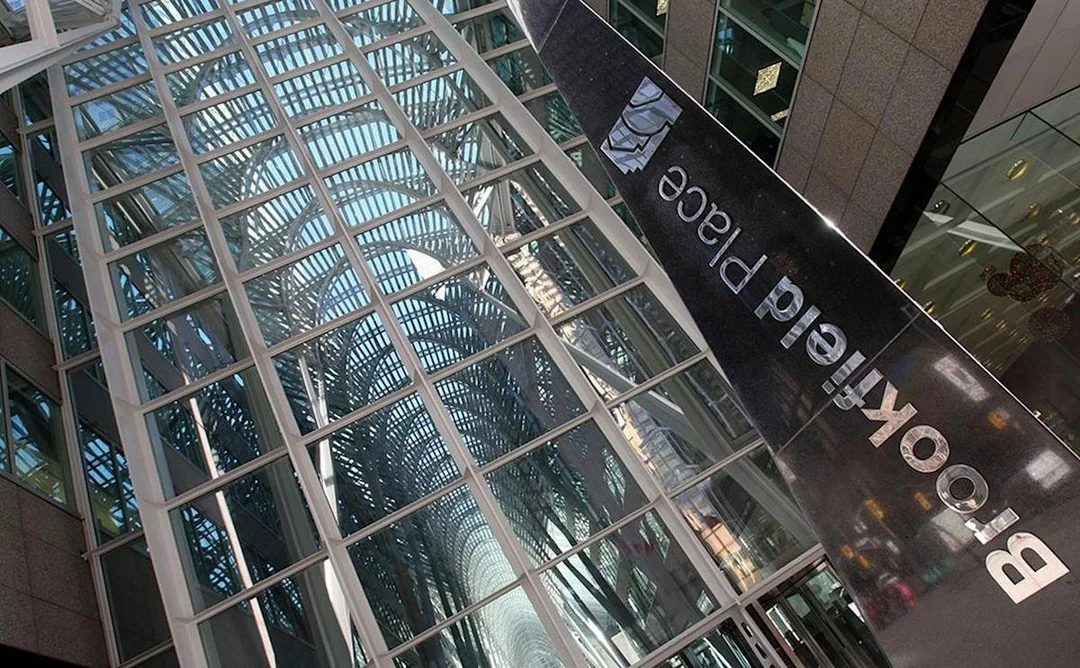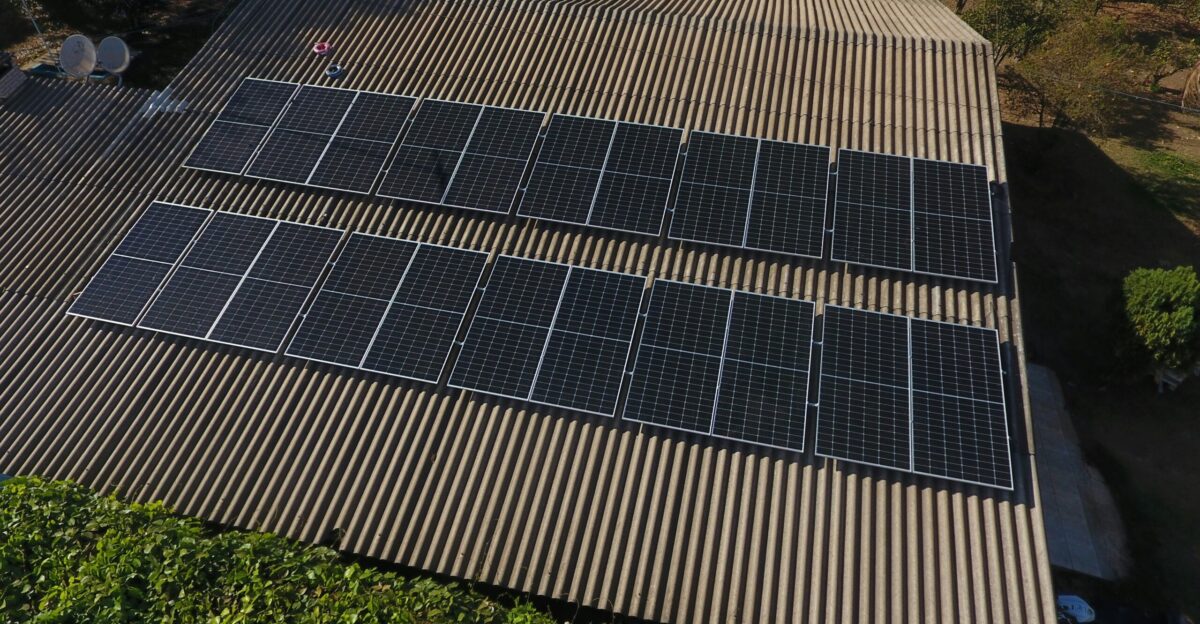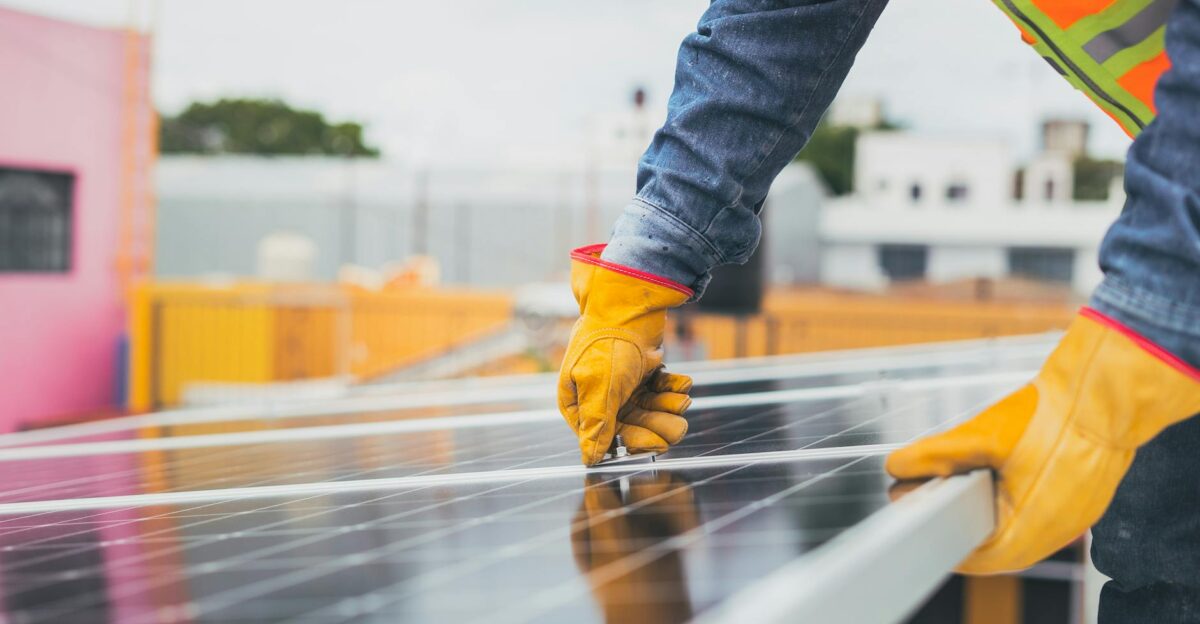
In early November, the renewable energy sector was rocked by news that Pine Gate Renewables, a major solar developer with operations across 32 states, had filed for Chapter 11 bankruptcy. The announcement followed weeks of speculation and came amid a wave of high-profile failures across the clean energy industry. As the company prepared for a rapid-fire asset auction, the fate of its workforce, billions in investments, and a vast portfolio of solar projects hung in the balance.
Mounting Financial Strain

Pine Gate’s troubles did not emerge overnight. In September 2025, its engineering subsidiary Blue Ridge Power issued formal Worker Adjustment and Retraining Notification (WARN) Act notices to 517 employees across North Carolina locations (348 in Fayetteville and 169 in Asheville), with effective layoff dates in November. Additionally, Pine Gate itself filed WARN notices affecting 223 employees in Buncombe County. In total, approximately 740 jobs were at risk due to the bankruptcy filing. Despite securing a $300 million loan from Brookfield Asset Management in March 2025, Pine Gate was squeezed by rising interest rates and a shrinking investor appetite. Project timelines slipped, and new capital became scarce, leaving the company exposed to mounting debt and operational delays.
The broader clean energy sector was also under pressure. Years of rapid expansion, fueled by low-cost financing and generous federal tax credits, had left many firms vulnerable when economic conditions shifted. By 2025, a combination of policy uncertainty, regulatory changes, and higher interest rates had upended the industry’s financial models. Companies that had aggressively leveraged for growth found themselves facing shrinking margins and nervous investors.
A Sector in Crisis
Pine Gate’s collapse was not an isolated event. In 2025, Sunnova Energy filed for Chapter 11 bankruptcy, resulting in 718 layoffs (55% of its workforce), while Solar Mosaic also filed for Chapter 11 protection. SunPower filed for bankruptcy in August 2024. Yet Pine Gate stood out for its scale: with over 2 gigawatts of operating capacity, approximately $10 billion in project financing, and a development pipeline of nearly 30 gigawatts, it was considered too large and established to falter so suddenly.
The company’s bankruptcy filing revealed the extent of the crisis. Blue Ridge Power, Pine Gate’s engineering subsidiary, had already issued WARN notices affecting 517 employees. In total, approximately 740 jobs were at risk. The company’s operations spanned more than 100 solar installations nationwide, and its sudden distress sent shockwaves through the industry, raising concerns about the stability of other major players.
Unraveling the Causes

Multiple factors contributed to Pine Gate’s downfall. Externally, new permitting hurdles and tariffs on imported solar materials increased costs and slowed project approvals. The One Big Beautiful Bill Act, enacted in July 2025, introduced stricter regulations on solar development and phased out key federal clean energy tax credits. Industry forecasts now predict a 1% annual decline in solar installations through 2035, a stark reversal from previous growth projections.
Internally, Pine Gate’s aggressive expansion strategy relied heavily on cheap debt. When interest rates rose, the company’s financing costs soared. Projects that once promised strong returns became less profitable, and refinancing options dried up as lenders grew wary of the sector’s risks. Blue Ridge Power, Pine Gate’s own EPC subsidiary, became a particular drag on profitability, with persistent cost overruns and project delays. According to bankruptcy court filings, Blue Ridge Power faced “significant financial challenges and has not performed as expected, leading to substantial financial losses.”
The Auction and Its Stakes

To preserve value and maintain operations, Pine Gate launched a 45-day auction process for its assets. Existing lenders agreed to serve as “stalking horse bidders,” setting a minimum price for the sale. The company’s operations and maintenance arm, ACT Power Services, which manages over 7 gigawatts of third-party solar assets, was offered separately. The auction drew immediate interest from major industry players and private equity firms, all of whom were eager to acquire Pine Gate’s extensive development pipeline at distressed prices.
Throughout the bankruptcy process, Pine Gate’s solar and storage facilities continued to operate, supported by debtor-in-possession financing from existing lenders, including Brookfield, Fundamental Advisors, and Carlyle. Power delivery to customers and utilities was not interrupted, but the question of who would ultimately control these strategic assets remained unresolved.
Broader Implications and Uncertain Future

Pine Gate’s bankruptcy is emblematic of deeper vulnerabilities in the U.S. renewable energy sector. The rapid shift from an era of easy money and bipartisan policy support to one of regulatory uncertainty and higher borrowing costs has exposed the fragility of growth models dependent on external conditions. As Congress calls for investigations into the wave of clean energy bankruptcies, industry analysts warn that more failures may be on the horizon.
The outcome of Pine Gate’s asset sale will shape the sector’s direction for years to come. Workers await news of their jobs, creditors brace for potential losses, and policymakers debate the future of government support for renewable energy. The company’s collapse has already forced a reckoning, signaling that the path to a clean energy future may be far more turbulent than once believed.